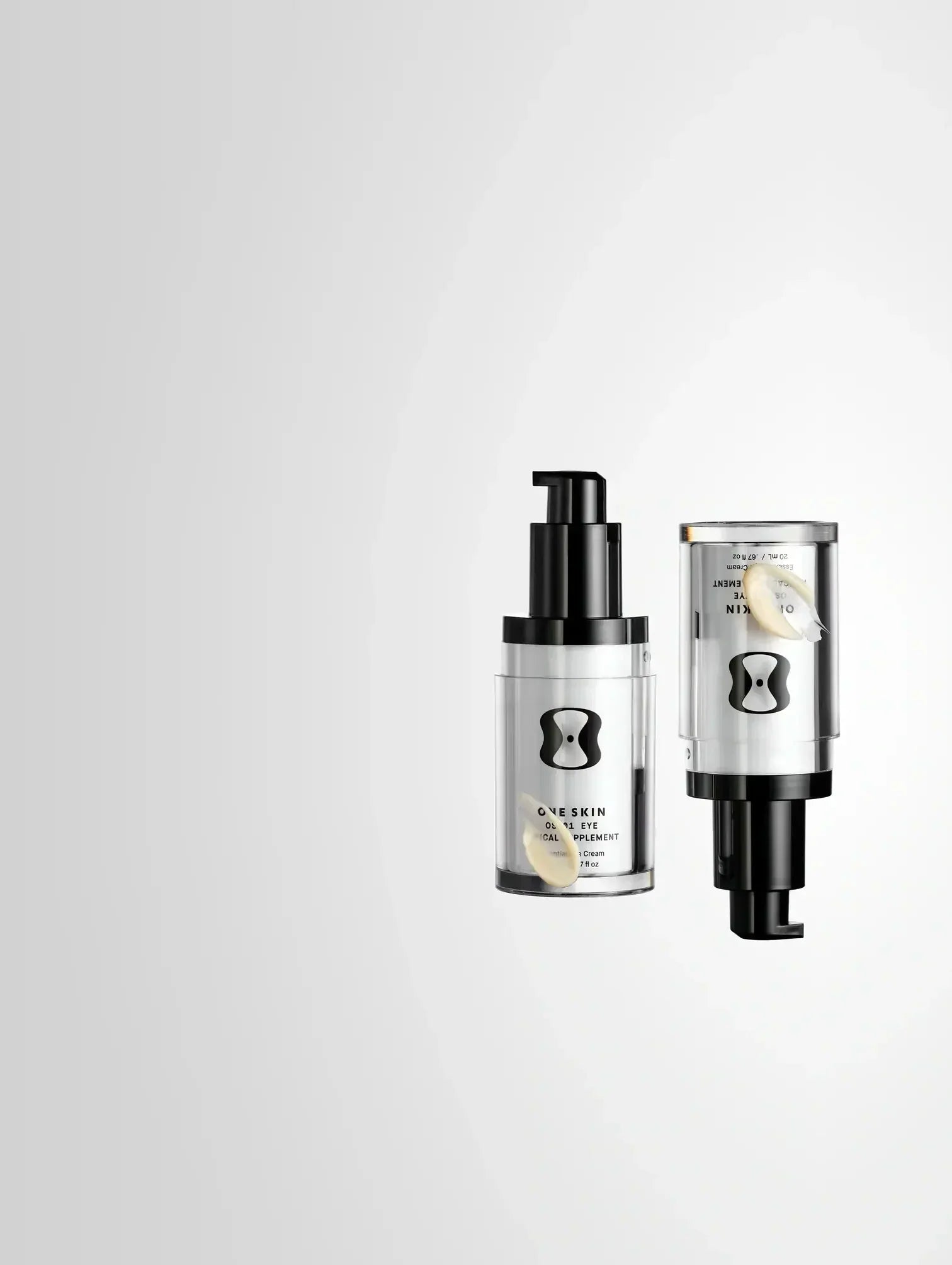03
Reduce cellular senescence with the OS-01 peptide
By reducing cellular senescence, it’s possible to actually reverse biological aging at the cellular level–helping the delicate skin around the eyes stay healthier for longer. So how can you reduce cellular senescence? With OS-01: the first peptide proven to reduce cellular senescence. [3,4] In lab studies, the OS-01 peptide has been shown to reverse the same senescence marker, CDK2NA, in skin cells in vitro, that are particularly affected in periocular skin. Additionally, the OS-01 peptide can reduce a key DNA damage marker, γH2A.x. [3,4] Let’s take a closer look at how the OS-01 peptide works at the cellular level to reduce cellular senescence and support DNA damage repair.







